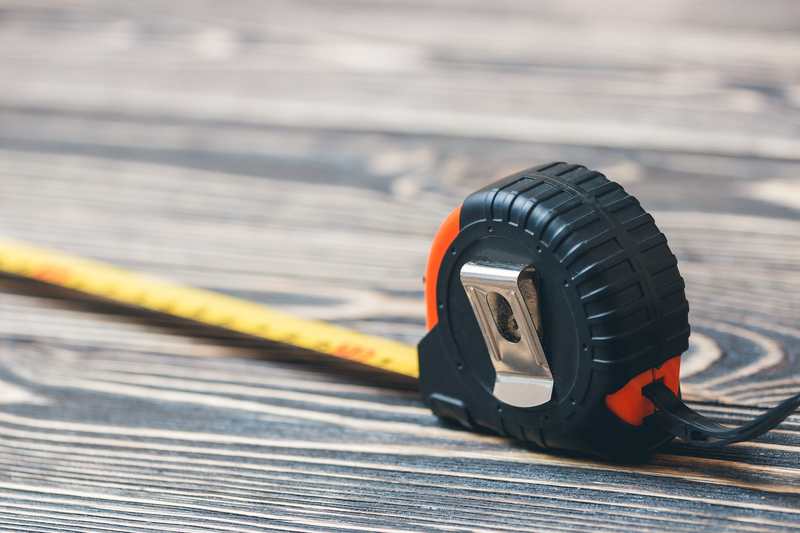Essential Advice for Packing Electronics
Posted on 11/05/2025
Packing electronics for a move, a trip, or storage might seem daunting due to their delicate nature and high value. However, with the right techniques and consideration, you can ensure that your devices remain intact and functional. Below are essential tips and tricks for packing electronics efficiently and safely.
1. Create an Inventory
Before you start packing, create a comprehensive inventory list of all your electronics. This will help you keep track of each item and ensure nothing gets lost or left behind. Additionally, having a list can assist with insurance claims in case of damage or loss.

2. Backup Your Data
Before packing computers, tablets, or smartphones, make sure to backup all important data. This can be done using an external hard drive, cloud storage, or other secure methods. Data loss can be devastating, and backups will give you peace of mind.
3. Use Original Packaging
If possible, pack your electronics in their original packaging, which is designed to provide the best protection for the device. The original boxes typically come with custom-fit foam or padding that secures the device during transit.
4. Gather Packing Supplies
If you don't have the original packaging, gather high-quality packing supplies. You'll need sturdy boxes, anti-static bubble wrap, packing paper, zip ties, and packing peanuts or foam pads. Make sure the boxes you select are appropriately sized for each device.
5. Disconnect and Organize Cables
Disconnect all cables from your devices and organize them neatly. Label each cable with masking tape or cable tags to avoid confusion when setting up your electronics later. Use zip ties or Velcro straps to keep the cables from tangling.
6. Wrap Devices Securely
Begin by wrapping the device in anti-static bubble wrap to prevent static discharge, which can damage electronic components. Next, wrap the entire device in regular bubble wrap or packing paper for added cushioning.
7. Label Fragile Boxes
Clearly label all boxes containing electronics as "Fragile" and indicate which side should be facing up. This will alert movers or anyone handling the boxes to take extra care.
8. Use Silica Gel Packs
To prevent moisture damage, place silica gel packs inside the boxes with your electronic devices. These packs absorb excess moisture and help keep your devices dry.
9. Avoid Packing in Extreme Temperatures
Extreme hot or cold temperatures can negatively affect electronic devices. Avoid leaving packed electronics in environments that can reach these extremes, such as a hot car or an unventilated storage unit.
10. Secure Boxes Properly
Seal all boxes securely with strong packing tape. Reinforce the bottom and edges of the boxes for added strength. Make sure there's no wiggle room inside the boxes; devices should be snugly packed with cushioning material filling any empty spaces.
Pros and Cons
Pros:
- Proper packing protects devices from damage.
- Organized packing ensures easy setup later.
- Effective labeling prevents confusion and mishandling.
Cons:
- Detailed packing can be time-consuming.
- High-quality packing materials can be costly.
- Original packaging might not be available for all devices.
Tips
- Take photos of your devices before packing to document their condition.
- Use color-coded labels for different types of devices.
- Consider insurance for high-value items during transit.

Takeaways
- Always backup your data before packing any electronic devices.
- Use original packaging or high-quality materials for maximum protection.
- Label all cables and components to simplify setup.
- Avoid extreme temperatures and seal boxes securely.
Conclusion
Packing electronics requires meticulous planning and careful handling, but following these essential tips can ensure your devices remain safe and functional. Taking the time to properly wrap, label, and organize your electronics will make for a smoother transition, whether you're moving across town or halfway around the world. By balancing the efforts with the benefits, you'll find that investing in good packing practices is well worth the peace of mind it brings.







